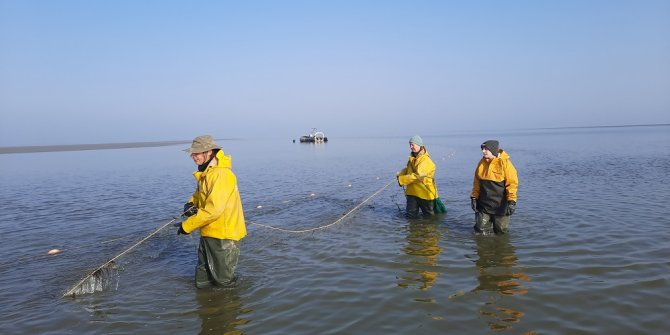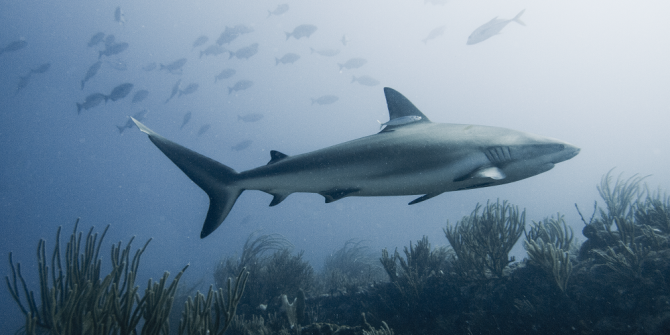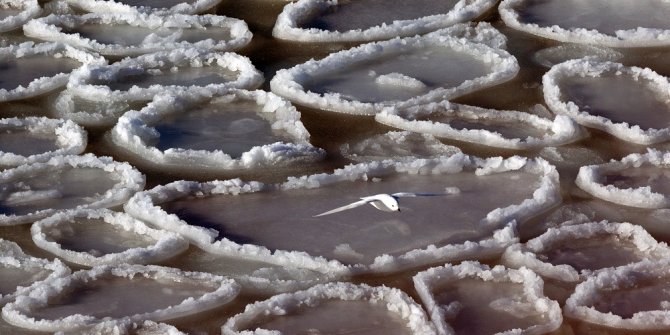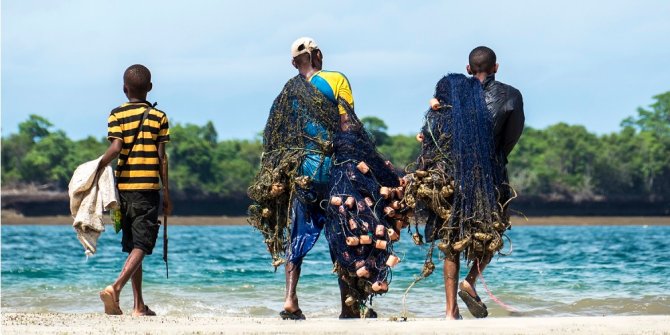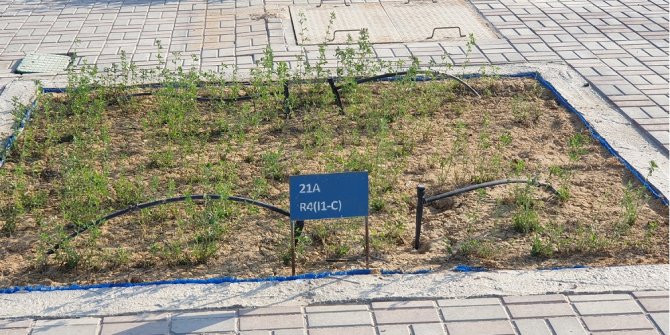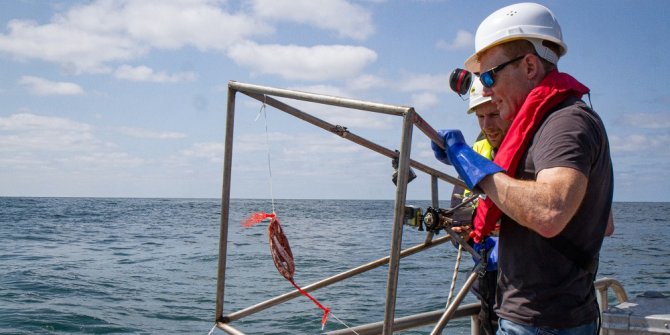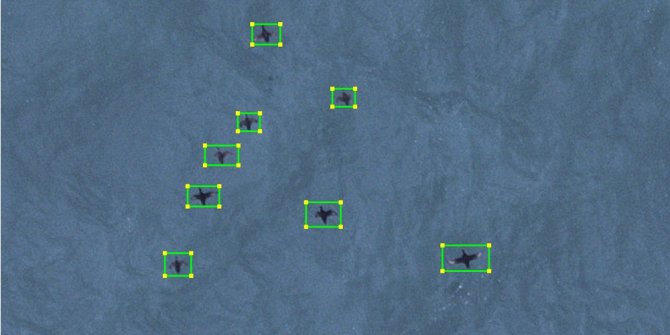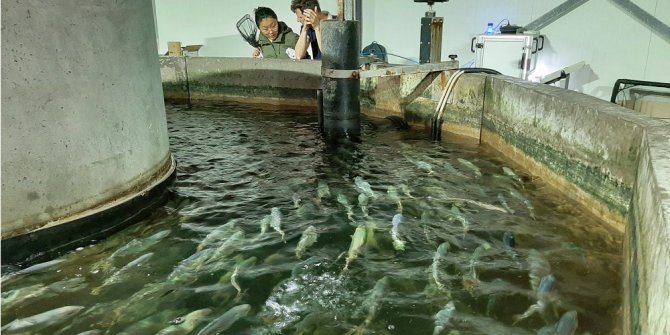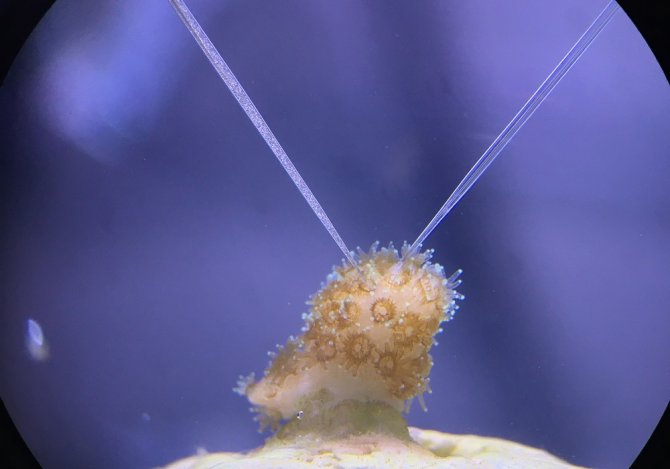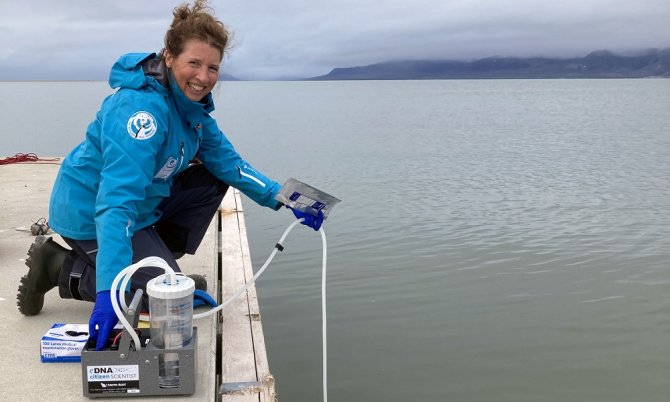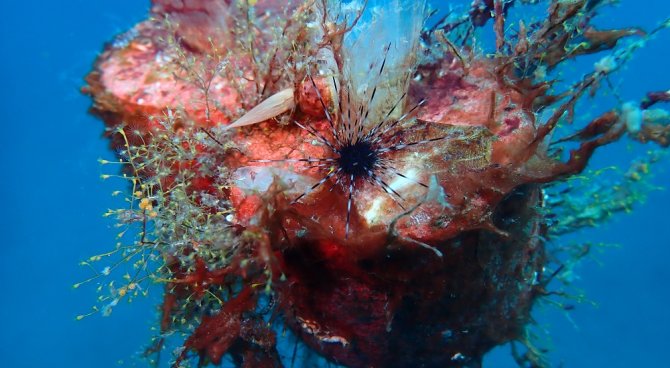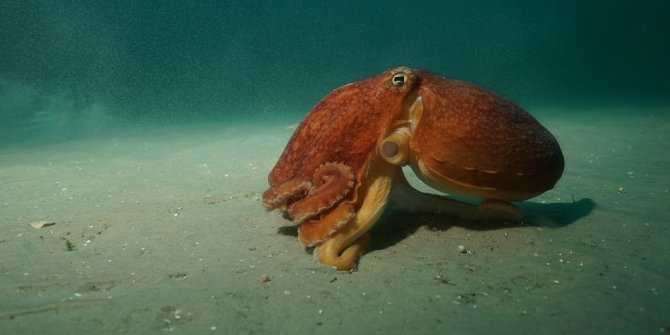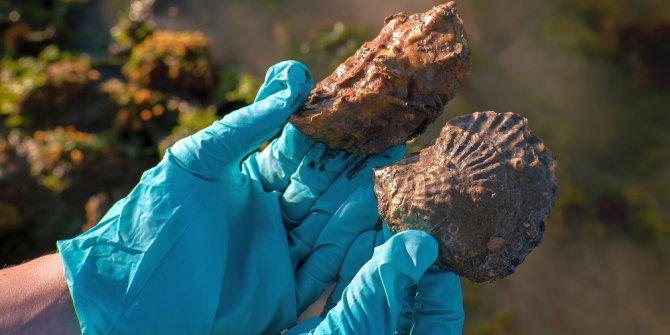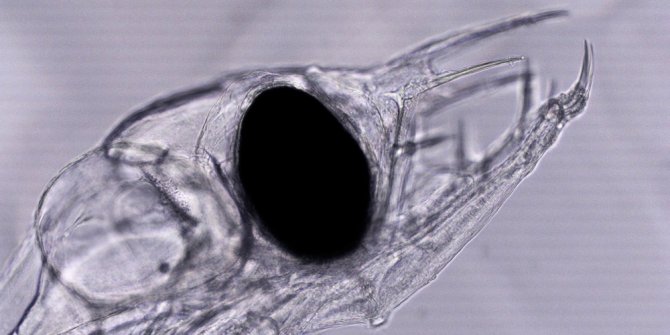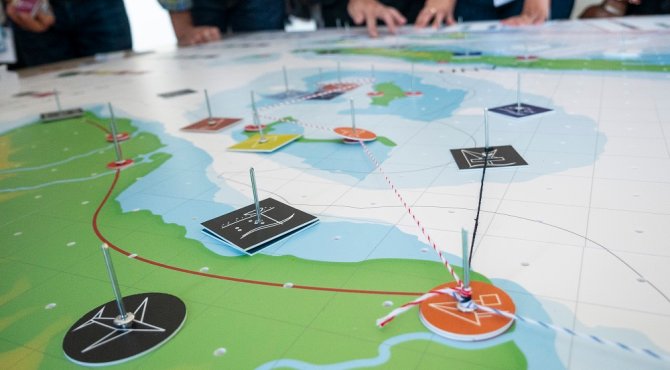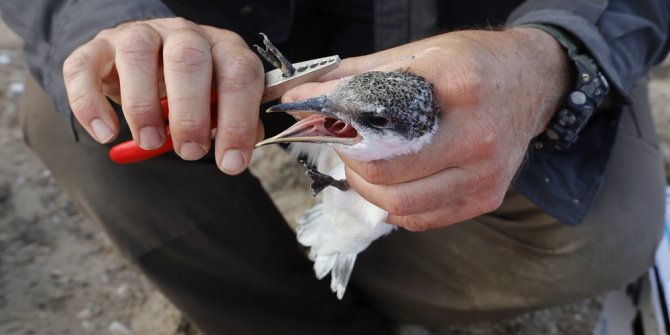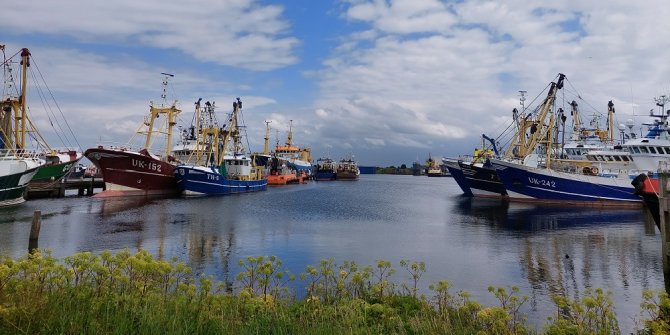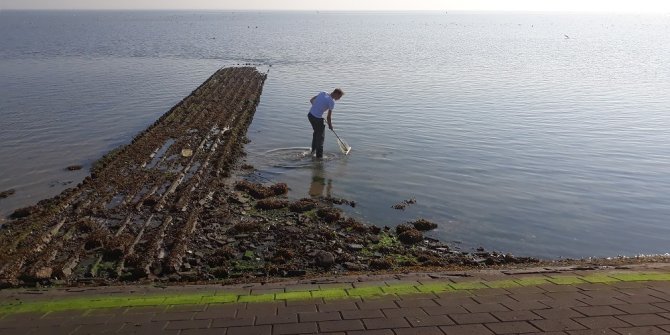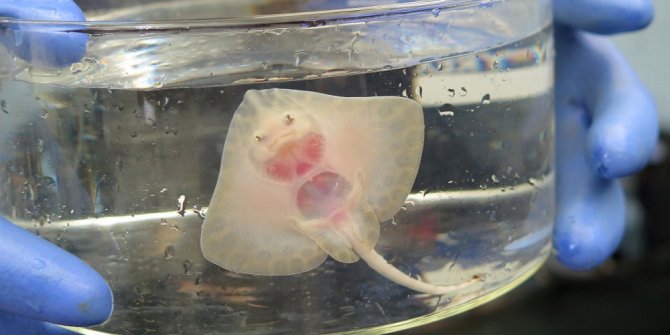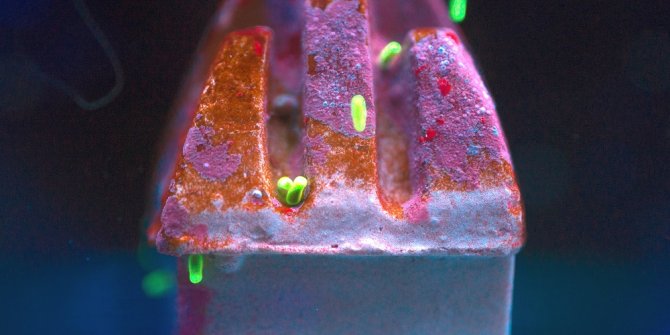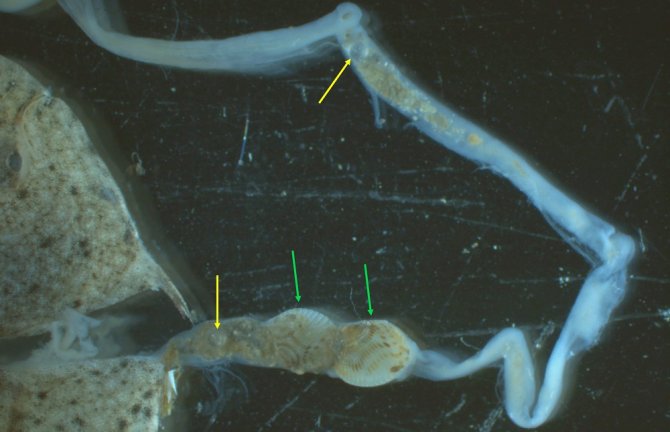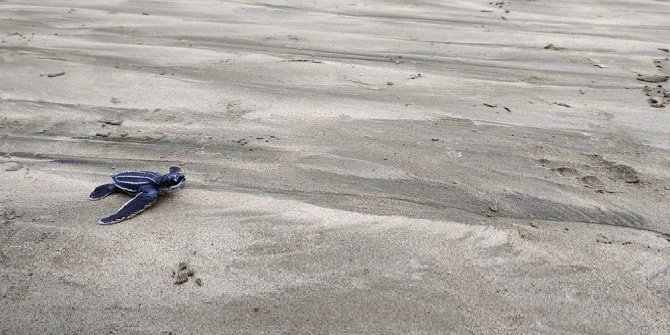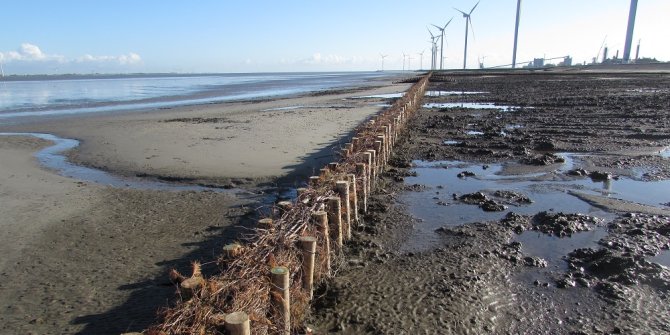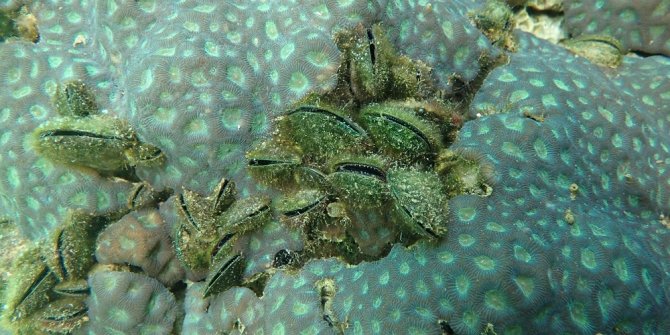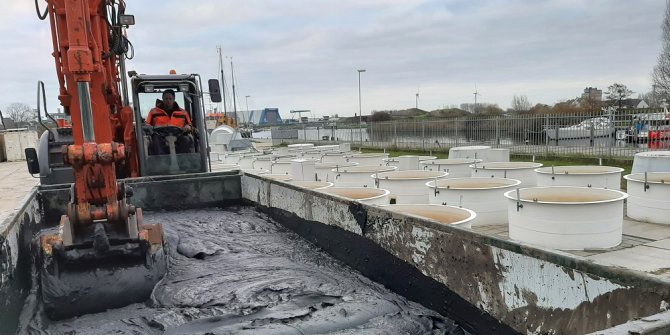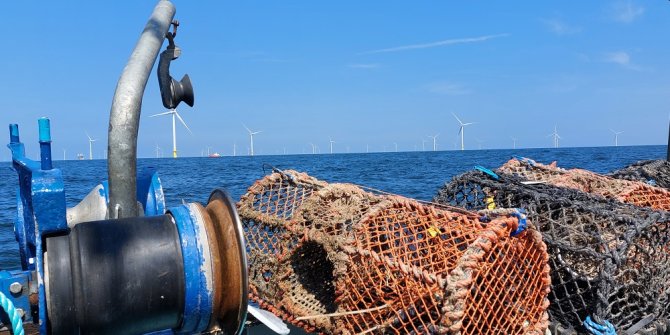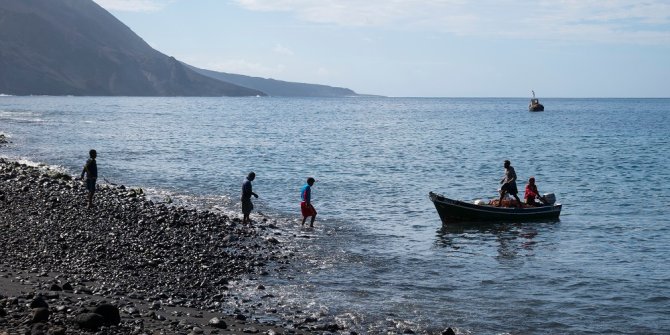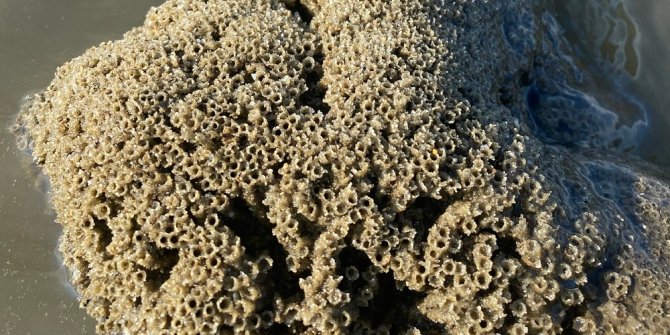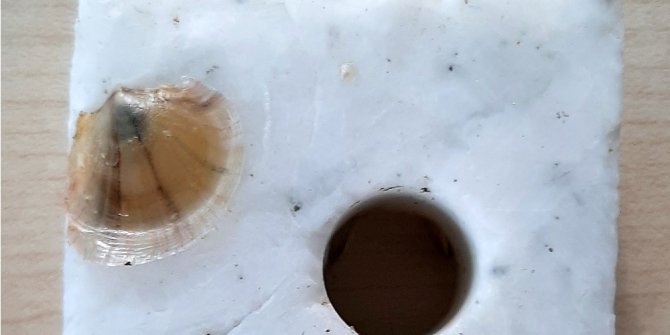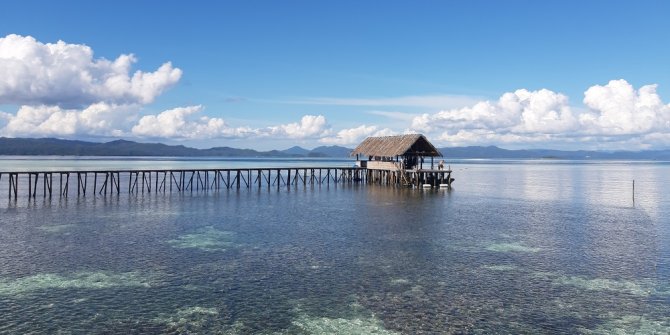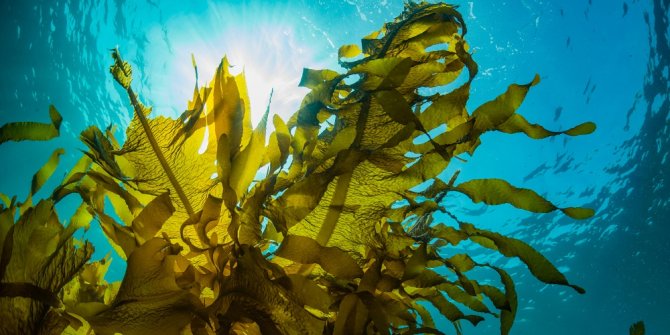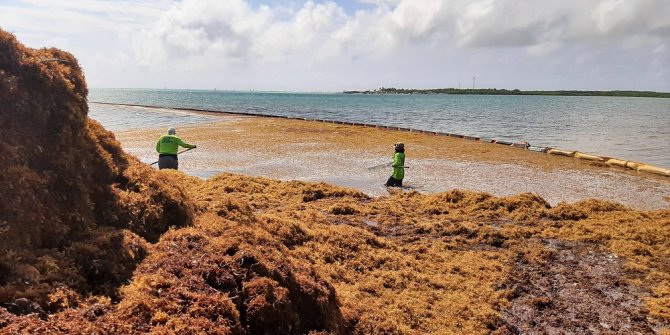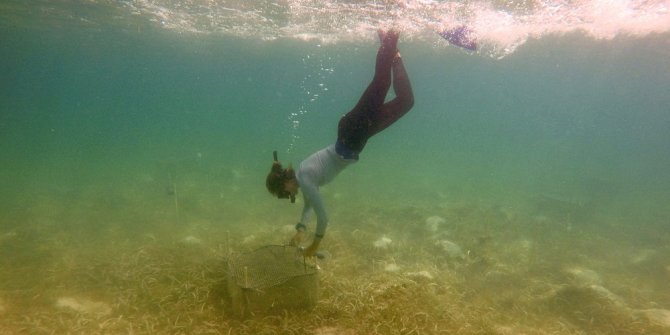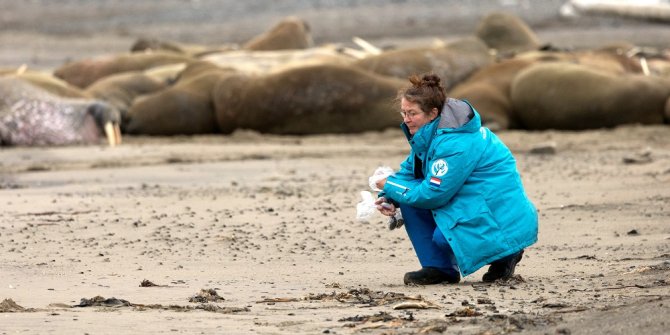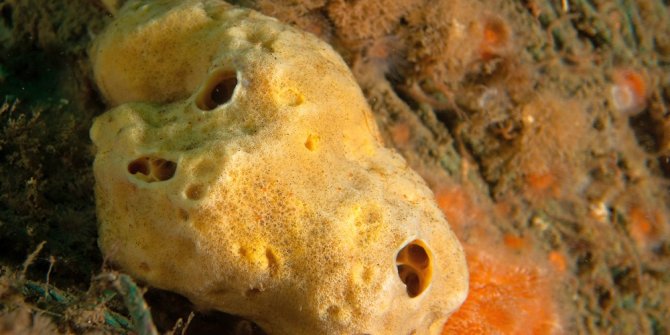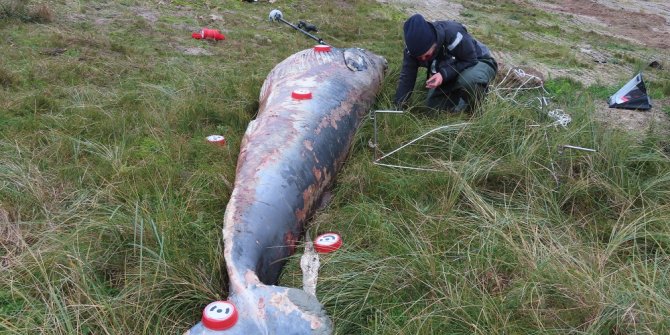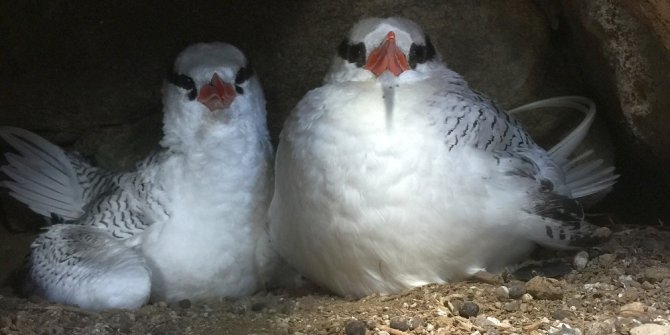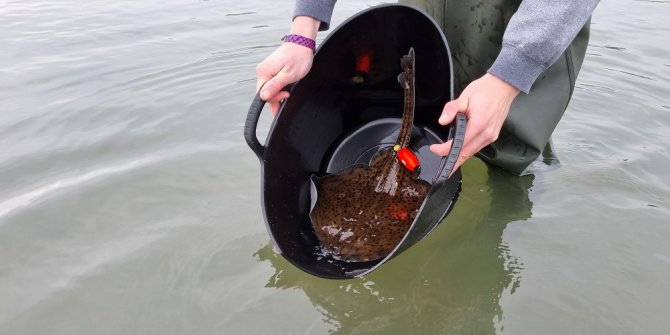Marine Calendars
This week calendar offers an impression of how marine science at Wageningen University & Research explores the potential of marine nature for improving and protecting the quality of life.
Mankind faces huge challenges to reverse biodiversity loss, reduce CO2-emissions, adapt to climate change, feed and facilitate the growing world population and fight inequality and poverty. The oceans already absorbed around 90% of the greenhouse-related global warming heat and 40% of the extra CO2 released, with consequences for life underwater such as bleaching and degradation of coral reefs.
The condition of the amazing underwater life of the North Sea is far less known and appreciated. This 'grey body of water' is used for sand, gas and oil mining, seafood harvesting, installing extensive wind farms and as ‘highway’ for huge container vessels. The ecology of the North Sea is yet paramount for current and future seafood ‘production’ and resilient marine biodiversity.
Fortunately, when given the opportunity to develop, marine nature will swiftly adapt to new conditions. Based on good ecological insights, we can facilitate recovery of habitat and species diversity, restore connectivity and enable mature food webs, all crucial to support human interests as well.
Prof. dr Tinka Murk, Chair of Marine Animal Ecology
